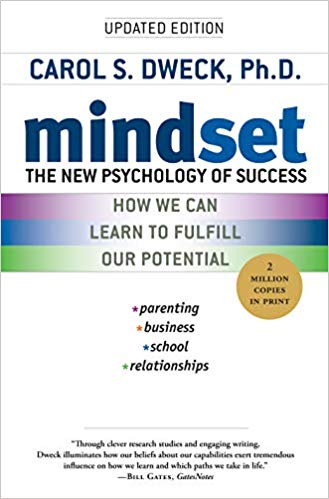

This article is an excerpt from the Shortform summary of "Mindset" by Carol Dweck. Shortform has the world's best summaries of books you should be reading.
Like this article? Sign up for a free trial here .
Who is Anne Mulcahy? How did she turn Xerox from a company with billions in debt and abysmal stock prices to a wildly successful company?
Anne Mulcahy was the chairperson and CEO of Xerox from 2001 to 2010. She turned the struggling company around in three years.
We’ll cover how Anne Mulcahy of Xerox was so successful in her mission and what made her such a great leader.
Anne Mulcahy of Xerox
In 2002, when Anne Mulcahy took over as CEO, Xerox had $17 billion in debt, a terrible credit rating, and abysmal stock prices. The company was struggling to sell its copy machines and hadn’t diversified. Within three years, Anne Mulcahy of Xerox turned the company around.
Anne Mulcahy started in a personal growth mindset with the goal of learning every part of the business. For instance, she pored over the finances to understand how each decision would affect the bottom line. She found ways to get answers when executives couldn’t tell her where things stood, and she told employees the truth—that the company wasn’t viable. She cut payroll 30 percent, but took to heart the impact on employees and worried even more about the potentially greater impact the company’s failure would have on employees and retirees.
Anne Mulcahy of Xerox focused on morale and employee development and rewarded people who went above and beyond for the good of the company. With short-term changes, the environment grew more positive. But these changes also positioned the company for success in the long run.
Growth-Mindset Leaders
Anne Mulcahy of Xerox is an example of a “growth-mindset leader.” In Good to Great, author Jim Collins examined what separated good companies from the best. He studied eleven companies over five years, whose stock had soared and who had stayed at the top of their industries for at least fifteen years. Each was compared with an average company in the same industry.
A key factor for success was that the leaders of great companies led with a growth mindset, like Anne Mulcahy of Xerox. They shared characteristics such as:
- Being humble
- Asking questions
- Confronting failures while confident of success
- Downplaying hierarchy
- Constantly trying to improve
- Surrounding themselves with competent people
- Sharing the credit
- Rejecting power games
- Thinking of the company’s future
Alan Wurtzel, CEO of Circuit City, was another example of a growth-minded leader. He held debates in his boardroom. Rather than trying to impress his board members, he used them to learn. He constantly questioned everything in order to understand where the company needed to go. He considered himself a workhorse rather than a star. He was able to turn around a company that had been near bankruptcy.
In contrast to the fear and denial permeating companies with fixed-mindset leaders, the atmosphere in a company with a growth-oriented leader is positive and energized.
Growth-minded leaders like Anne Mulcahy of Xerox believe in their own and others’ ability to learn and develop. Instead of using their company as a tool for self-promotion, they focus on growing the company and employees.
Fixed-Mindset Leaders
In Jim Collins’ study of great companies in his book Good to Great, he found that the average companies that he included for comparison typically had CEOs with fixed mindsets. These leaders had the opposite mindset of Anne Mulcahy of Xerox.
Fixed-mindset CEOs believed they were geniuses who didn’t need a strong executive team, just underlings to implement their ideas. These CEOs needed to be the big fish and to feel superior to everyone else.
They were concerned with looking superior and enhancing their reputations, unlike Anne Mulcahy of Xerox. Two-thirds had huge egos that held their company back or led to its failure.
———End of Preview———

Like what you just read? Read the rest of the world's best summary of "Mindset" at Shortform . Learn the book's critical concepts in 20 minutes or less .
Here's what you'll find in our full Mindset summary :
- The difference between a growth and a fixed mindset
- How a fixed mindset keeps you back throughout your life: education, relationships, and career
- The 7 key ways to build a growth mindset for yourself






